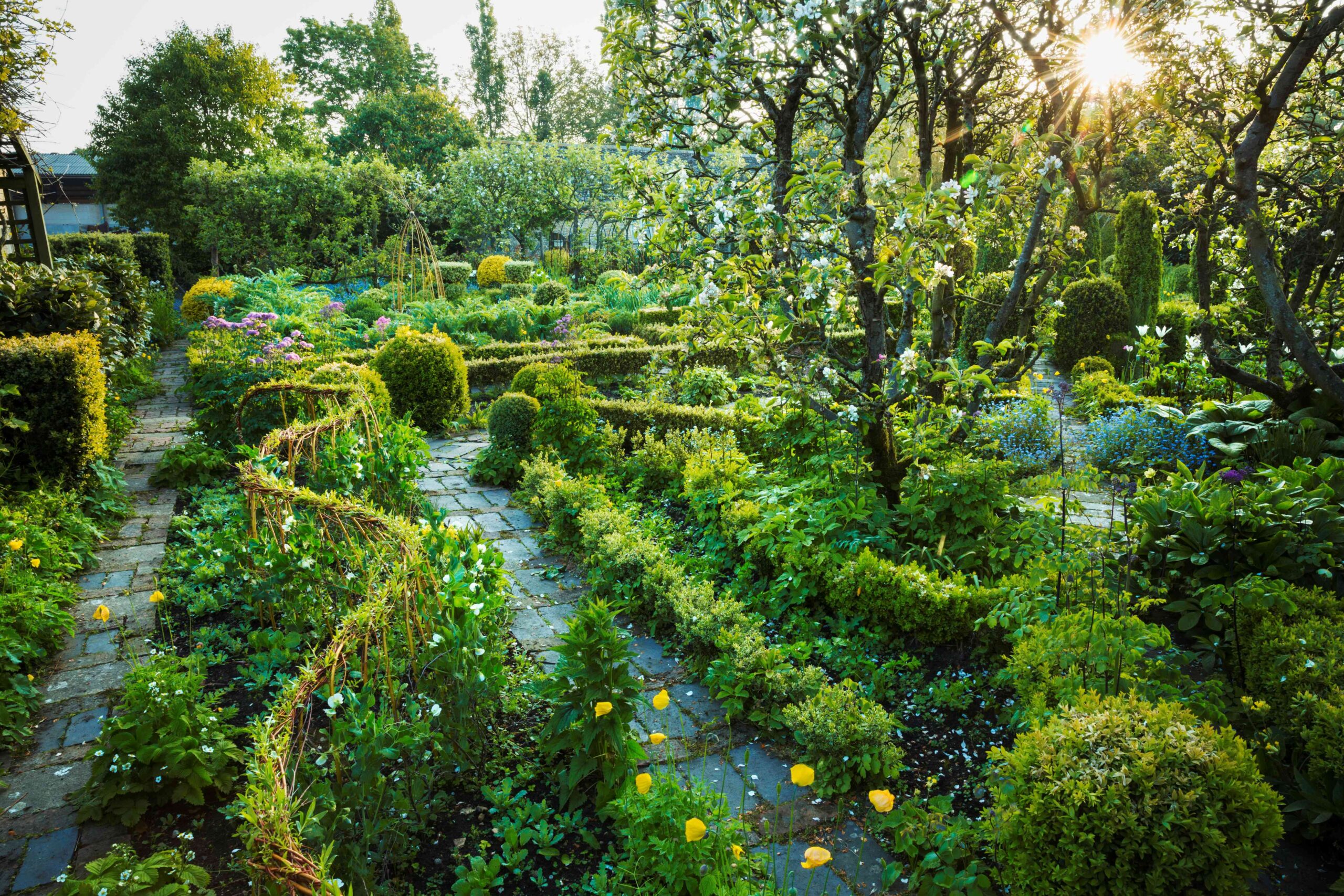In the heart of Park View, Washington D.C., Twin Oaks Garden sits not as a decorative parkland but as a functional layer of the city’s ecological and urban narrative. This site, now known for community gardening, emerged from broader municipal efforts in the 20th century to integrate green spaces into dense urban corridors. Unlike ornamental gardens, Twin Oaks evolved with a practical purpose: to provide local residents access to green infrastructure, land stewardship, and small-scale food cultivation.
The presence of Twin Oaks Garden in Park View is neither incidental nor nostalgic. Its development reflects changing urban priorities, where underutilized land plots were reconsidered not for real estate but for resilience. The term “community gardens Washington” may suggest uniformity — but that’s misleading. Twin Oaks has its own formation logic, shaped by zoning realities, civic programs, and environmental needs. Its early structure wasn’t rigid; it grew, folded, adjusted.
It seemed stable — until it wasn’t.
The Origins and Development Trajectory
Twin Oaks emerged in the late 20th century, rooted in the District’s attempts to manage urban sprawl while preserving green pockets within neighborhoods. By the 1990s, Park View residents — especially near the Ward 1 corridor — began to repurpose city-owned lots into agricultural spaces. Early records from 1995 refer to “seasonal beds near Newton Street,” later formalized under the city’s GreenSpacesDC initiative.
During early weekdays, one could observe retirees, students, and local families tending to parallel rows of crops. But the garden was more than just utilitarian. It became a node in a larger ecological grid. Rainwater capture systems were installed in 2003, reflecting early awareness of stormwater mitigation. That’s part of it. But not everything. The composting pilot introduced in 2007 never scaled, mostly due to regulatory hesitations — yet the soil studies conducted that year informed later topographic models for the site.
Architecturally, Twin Oaks was non-invasive. No permanent foundations, no fixed utilities. Raised beds defined most of the garden’s interior, while border paths followed natural runoff curves. It was not planned for permanence — and that became its strength.
Ecological Role in Urban Infrastructure
Unlike manicured parks, Twin Oaks Garden operated as an ecological experiment in resilience. During the 2010 District Sustainability Forum, it was cited as a model of low-input green space. Its rain garden segment collected measurable volumes — roughly 2,800 gallons monthly during the 2012 wet season — thus reducing load on municipal systems.
Twin Oaks contributes to what urbanists call the “green weave” of Park View — micro-zones of vegetation stitched into the urban grid. It’s a term that appears in District planning documents from 2015 onward. And while the garden’s crop yield remains modest, its per-square-foot filtration rate ranked third among community sites in Ward 1.
That’s where numbers slowed after lunch.
Gardeners made no claim to transform food deserts. Instead, Twin Oaks stabilized water cycles, absorbed excess heat, and reintroduced soil biodiversity into a paved-over tract of the city.
Socio-Spatial Impact on Park View
In Park View, the presence of Twin Oaks altered more than runoff. Between 2008 and 2018, adjacent property values rose 12%, partially attributed to green adjacency — though planners hesitate to overstate the correlation. The garden became a spatial anchor, especially as nearby infill development intensified. Not exponential — but steady.
A 2014 civic survey revealed that over 65% of Twin Oaks participants lived within five blocks of the garden, indicating hyper-local engagement. This aligns with broader Park View patterns, where walkability remains a core planning metric.
Still, urban greenspaces face existential threats — zoning shifts, policy turnover, resource fatigue. Twin Oaks has avoided displacement so far, largely through early advocacy efforts and its compliance with low-impact land use codes.
Then came the shift.
In 2020, the site was temporarily closed for soil remediation — a reminder that legacy lands carry residual risks. Remediation completed by early 2021, and operations resumed with improved filtering beds and updated runoff protocols.
Persistence Over Ornament
Twin Oaks Garden is neither a relic nor a trend. It is a tactical element within the layered structure of Park View’s urban development. Its endurance lies not in its size or aesthetic, but in its adaptability.
Community gardens in Washington are often romanticized. But Twin Oaks doesn’t need myth. Its value is legible in zoning maps, drainage charts, and neighborhood soil reports. Its presence has reshaped land use without altering the character of Park View. Quietly — but clearly. It’s not about growth. It’s about persistence.
